What Is Anxious Attachment?
Anxious attachment is one of four main attachment styles that describe how we form and maintain emotional bonds with others. Also known as anxious-preoccupied or anxious-ambivalent attachment, this style is characterized by a strong desire for closeness and intimacy coupled with an intense fear of rejection and abandonment.
People with anxious attachment often have a negative view of themselves but a positive view of others. They tend to worry that their partners don’t truly love them or will eventually leave them, leading to behaviors like constant reassurance-seeking, emotional reactivity, and hypervigilance in relationships.
Attachment Theory: The Foundation
Attachment theory, developed by psychiatrist John Bowlby in the 1950s, suggests that our early relationships with caregivers form the blueprint for how we approach relationships throughout life. According to this theory, there are four main attachment styles:
Secure Attachment
Characterized by comfort with intimacy and independence, trust, and emotional stability.
Anxious Attachment
Marked by fear of abandonment, need for reassurance, and relationship anxiety.
Avoidant Attachment
Involves discomfort with closeness, high self-reliance, and emotional distance.
Disorganized Attachment
Features contradictory behaviors, fear of intimacy yet fear of abandonment.
Understanding these attachment styles can help you recognize patterns in your relationships and work toward developing a more secure attachment style.
What Causes Anxious Attachment?
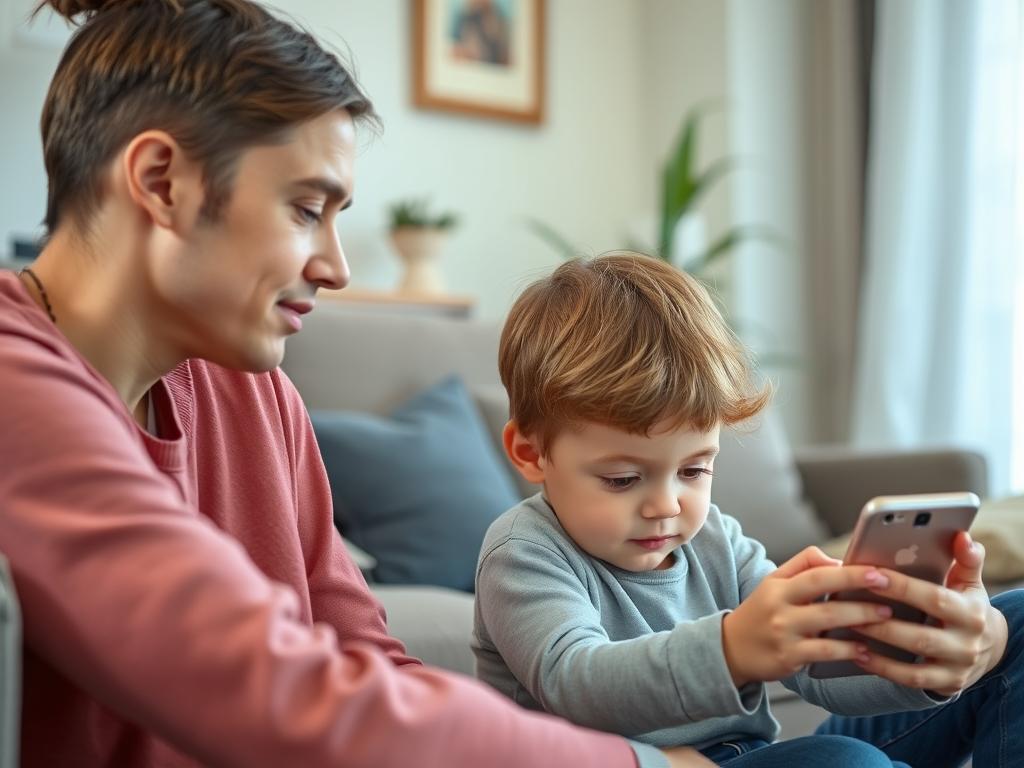
Anxious attachment typically develops in early childhood and is often linked to specific patterns of caregiving. Understanding these root causes can help you make sense of your attachment patterns and begin the healing process.
Inconsistent Caregiving
The most common cause of anxious attachment is inconsistent caregiving during childhood. When parents or caregivers are sometimes attentive and responsive but other times distant or unavailable, children learn that love and support are unpredictable. This creates a pattern of anxiety and hypervigilance as the child never knows when their needs will be met.
For example, a parent might be warm and attentive one day but emotionally unavailable the next due to stress, mood changes, or other factors. This inconsistency makes it difficult for children to develop a secure sense of being loved and supported.
Emotional Hunger from Caregivers
Sometimes parents may use their children to meet their own emotional needs rather than focusing on the child’s needs. This “emotional hunger” can manifest as overprotectiveness, intrusiveness, or making the child responsible for the parent’s emotional well-being.
When children are used to satisfy a parent’s need for love or validation, they learn to prioritize others’ needs over their own—a pattern that often continues into adult relationships.
Anxiously Attached Parents
Children of parents who themselves have anxious attachment are more likely to develop the same style. This isn’t genetic but rather a learned pattern of relating. When parents model anxious behaviors like constant reassurance-seeking, fear of abandonment, or emotional reactivity, children may internalize these patterns.
Early Separation or Loss
Significant early separations from caregivers, such as hospitalization, parental divorce, or death, can contribute to anxious attachment, especially if these experiences weren’t processed in a supportive environment.
“The way we were treated as children is often reflected in how we relate to others as adults. Understanding this connection is the first step toward healing.”
Signs of Anxious Attachment in Adults
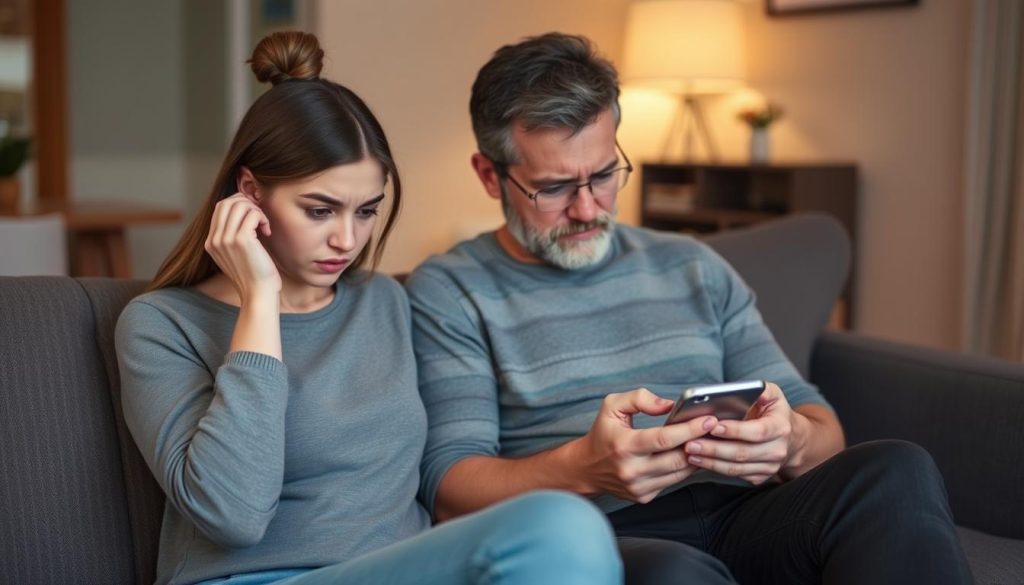
Recognizing the signs of anxious attachment in yourself is crucial for beginning the healing process. Here are the most common indicators that you might have an anxious attachment style:
Emotional and Mental Signs
- Intense fear of abandonment, even when there’s no real threat to the relationship
- Low self-esteem and feeling unworthy of love
- Constant worry about your relationship status
- Tendency to overthink and analyze your partner’s words and behaviors
- Difficulty trusting partners despite evidence of their reliability
- Heightened sensitivity to rejection or criticism
- Emotional dependence on your partner for validation and self-worth
Behavioral Signs
- Seeking constant reassurance about your partner’s feelings
- Becoming clingy or “needy” when feeling insecure
- Difficulty being alone or engaging in independent activities
- Tendency to become jealous or suspicious easily
- People-pleasing behaviors to avoid rejection
- Emotional reactivity when your attachment needs aren’t met
- Difficulty setting and maintaining healthy boundaries

Common Triggers for Anxious Attachment
Certain situations can activate anxious attachment responses more strongly than others:
- Changes in routine or behavior: When your partner deviates from established patterns (coming home later than usual, texting less frequently)
- Perceived distance: When your partner seems emotionally or physically distant
- Conflict: Arguments or disagreements can trigger fears that the relationship is in danger
- Uncertainty: Ambiguous situations where you’re unsure of where you stand
- Reminders of past abandonment: Situations that echo previous experiences of being left or rejected
How Anxious Attachment Impacts Your Relationships

Anxious attachment doesn’t just affect how you feel—it can significantly impact your relationships with partners, friends, and even colleagues. Understanding these effects can help you recognize patterns and work toward healthier connections.
Impact on Romantic Relationships
In romantic relationships, anxious attachment can create a cycle of insecurity and reassurance-seeking that strains the connection:
- You may become emotionally dependent on your partner, looking to them to fulfill all your needs for security and validation
- Constant need for reassurance can eventually exhaust your partner
- You might misinterpret neutral behaviors as signs of rejection or abandonment
- Fear of losing your partner may lead you to tolerate unhealthy behaviors or stay in unfulfilling relationships
- You might unintentionally push partners away with clingy or controlling behaviors
- Emotional reactivity during conflicts can escalate disagreements
Impact on Friendships
Anxious attachment can also affect your friendships in various ways:
- You may worry excessively about whether friends truly like you
- You might feel hurt when friends need space or don’t respond immediately
- People-pleasing tendencies can lead to one-sided friendships where your needs aren’t met
- You may struggle with setting boundaries with friends out of fear of rejection
- Social gatherings might trigger anxiety about where you stand with others
Impact on Self-Esteem
Perhaps most significantly, anxious attachment can deeply affect how you view yourself:
- Your self-worth may become contingent on others’ approval and validation
- You might develop a negative self-image, seeing yourself as unworthy or defective
- Constant worry and hypervigilance can lead to anxiety and depression
- You may struggle to trust your own perceptions and judgments
- Your authentic self may be overshadowed by who you think others want you to be
“The most painful aspect of anxious attachment isn’t just the fear of abandonment—it’s the way it can make you abandon yourself in an attempt to keep others close.”
Do You Have an Anxious Attachment Style?
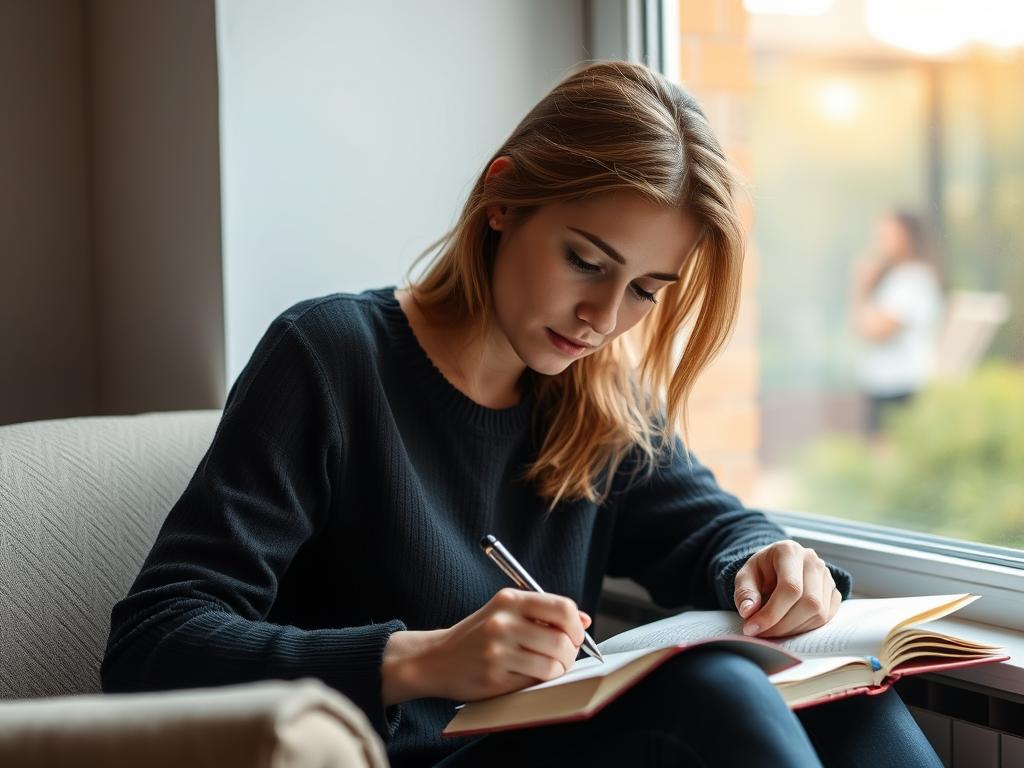
While only a mental health professional can provide a formal assessment, reflecting on your patterns in relationships can help you identify if you tend toward anxious attachment. Consider how strongly you relate to the following statements:
Self-Assessment: Anxious Attachment Indicators
- I worry that my partners don’t really love me, even when they show me affection
- I often fear that my relationships will end suddenly
- I need frequent reassurance about my partner’s feelings
- I feel anxious when my partner doesn’t respond to messages quickly
- I tend to overthink small changes in my partner’s behavior or mood
- I sometimes feel that I love my partners more than they love me
- I find it difficult to trust that good relationships will last
- I often worry about being “too much” for others
- I have a hard time being alone or doing things independently
- I tend to put others’ needs before my own to maintain closeness
If you strongly identify with many of these statements, you may have an anxious attachment style. Remember, this is not a diagnosis but a starting point for self-reflection.
Strategies to Heal Anxious Attachment
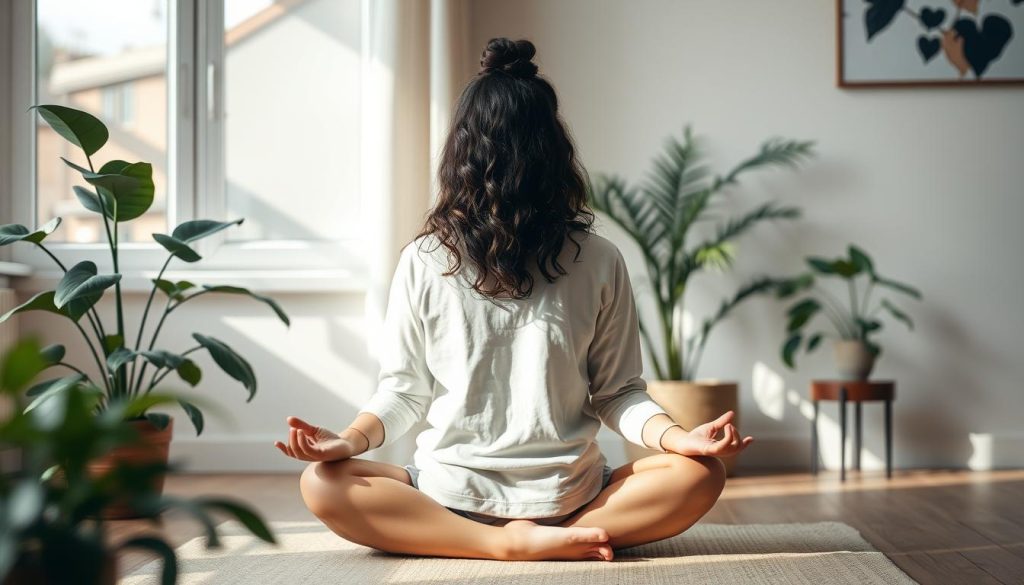
Healing from anxious attachment is possible with commitment and the right approaches. While the process takes time, these strategies can help you develop more secure attachment patterns and find greater peace in your relationships.
1. Develop Self-Awareness
The first step in healing is becoming aware of your attachment patterns:
- Learn to identify your emotional triggers and the thoughts that accompany them
- Notice when you’re engaging in anxious behaviors like reassurance-seeking or overthinking
- Practice mindfulness to observe your emotions without immediately reacting to them
- Keep a journal to track patterns in your relationships and emotional responses
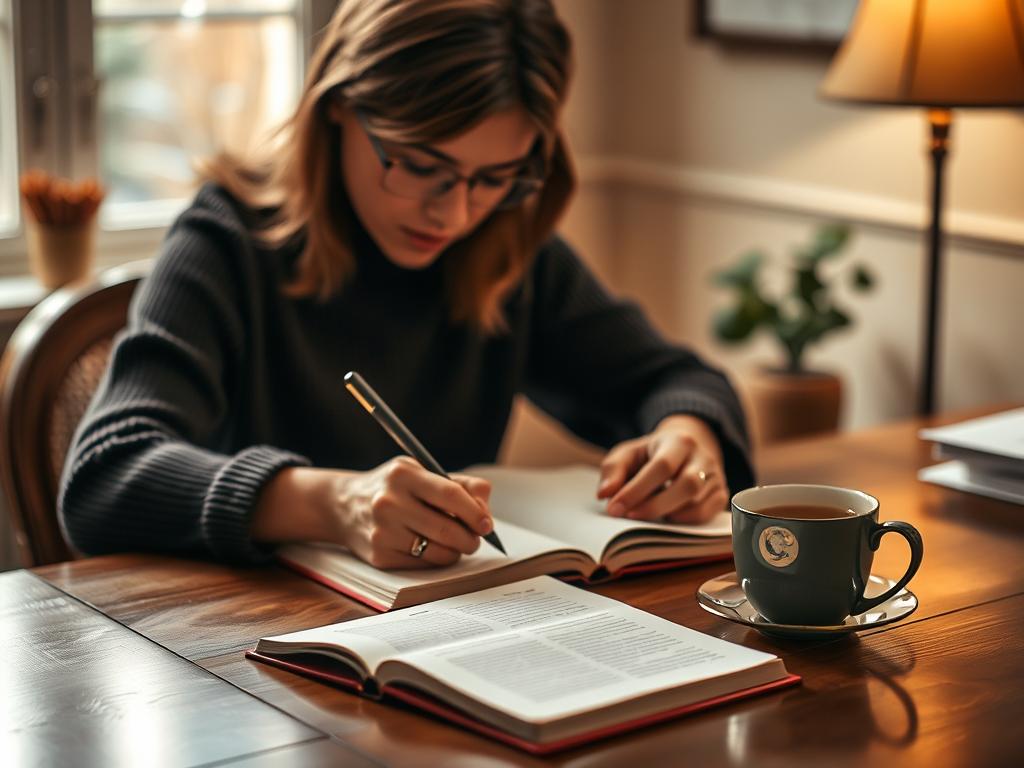
2. Build Self-Regulation Skills
Learning to manage intense emotions is crucial for healing anxious attachment:
- Practice deep breathing and grounding techniques when anxiety spikes
- Develop a “self-soothing toolkit” of activities that help calm your nervous system
- Create healthy distance from triggering situations to gain perspective
- Use positive self-talk to counter catastrophic thinking
3. Challenge Negative Core Beliefs
Anxious attachment often involves negative beliefs about yourself and relationships:
- Identify and question beliefs like “I’m unlovable” or “People always leave me”
- Look for evidence that contradicts these negative beliefs
- Practice self-compassion when these beliefs arise
- Gradually replace negative beliefs with more balanced perspectives
4. Develop Healthy Communication Skills
Clear, assertive communication can reduce anxiety in relationships:
- Practice expressing your needs directly instead of hoping others will guess them
- Use “I” statements to express feelings without blame
- Learn to ask for reassurance in healthy ways
- Develop skills for discussing difficult emotions without becoming overwhelmed

5. Build a Secure Relationship with Yourself
Developing internal security reduces dependence on external validation:
- Practice self-care and attend to your own needs regularly
- Develop interests and activities independent of your relationships
- Learn to validate your own feelings and experiences
- Create a strong support network beyond romantic relationships
6. Practice Mindfulness and Present-Moment Awareness
Mindfulness helps break the cycle of anxiety and rumination:
- Develop a regular meditation practice to strengthen present-moment awareness
- Notice when your mind is creating stories about the future or past
- Practice bringing your attention back to the present when anxiety arises
- Use mindfulness to create space between feelings and reactions
When to Seek Professional Help
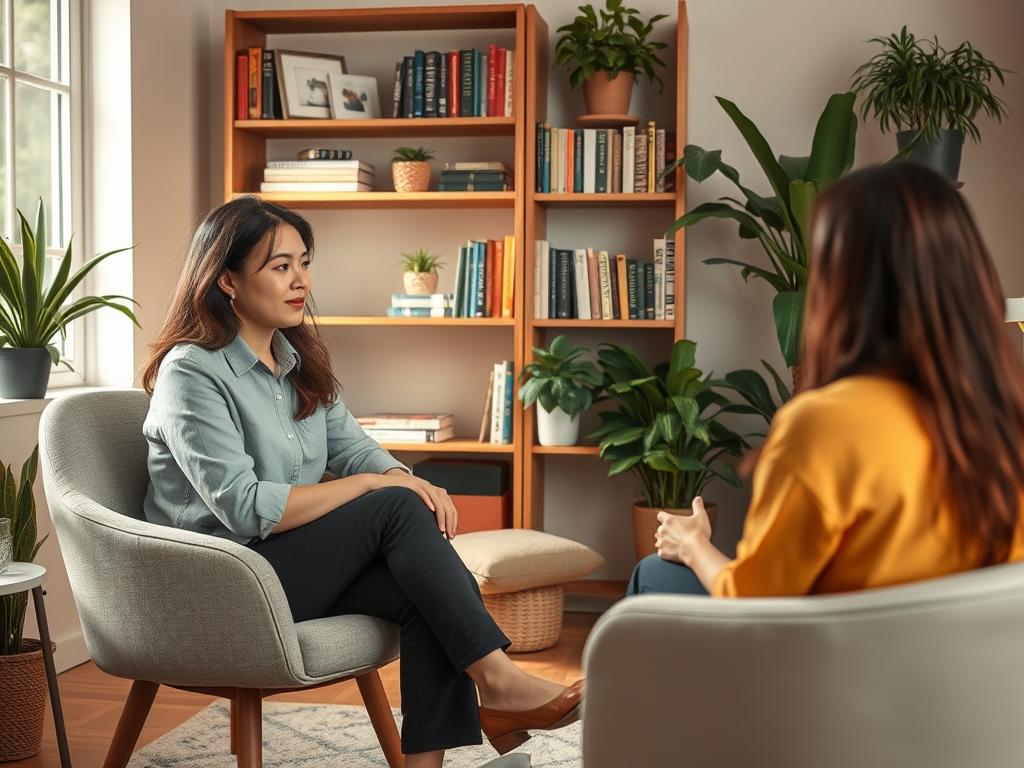
While self-help strategies can be effective, sometimes professional support is needed to heal anxious attachment patterns, especially if they’re causing significant distress or relationship problems.
Consider Seeking Professional Help If:
- Your attachment anxiety is interfering with your ability to maintain relationships
- You experience intense emotional distress that’s difficult to manage
- Self-help strategies haven’t led to significant improvement
- Your anxiety is affecting other areas of your life, such as work or health
- You have a history of trauma that may be contributing to your attachment style
- You find yourself repeatedly drawn to unhealthy relationship patterns
Effective Therapy Approaches for Anxious Attachment
Several therapeutic approaches can be particularly helpful for healing anxious attachment:
- Attachment-Based Therapy: Focuses specifically on understanding and changing attachment patterns
- Cognitive Behavioral Therapy (CBT): Helps identify and change negative thought patterns that contribute to anxiety
- Emotionally Focused Therapy (EFT): Particularly effective for couples dealing with attachment issues
- Schema Therapy: Addresses early maladaptive schemas that underlie attachment insecurity
- Psychodynamic Therapy: Explores how early relationships influence current patterns
“Seeking help isn’t a sign of weakness but a courageous step toward healing. The right therapist can provide a secure base from which to explore and transform your attachment patterns.”
Frequently Asked Questions About Anxious Attachment
Can anxious attachment be healed?
Yes, anxious attachment can be healed or significantly improved. While early attachment patterns are powerful, the brain remains plastic throughout life, allowing for new patterns to be formed. Through consistent effort, self-awareness, and often with professional support, people can develop more secure attachment styles.
The process involves understanding your triggers, challenging negative beliefs, learning emotional regulation skills, and practicing new ways of relating to others. Many people find that with time and work, their anxiety decreases and they’re able to form more secure, satisfying relationships.
How does anxious attachment differ from avoidant attachment?
Anxious and avoidant attachment styles represent different responses to attachment insecurity:
Anxious Attachment:
- Fears abandonment and rejection
- Seeks closeness and reassurance
- Tends to be emotionally expressive
- Often has a negative view of self but positive view of others
- Hyperactivates attachment system (becomes more clingy when stressed)
Avoidant Attachment:
- Fears intimacy and dependence
- Values independence and self-reliance
- Tends to suppress emotions
- Often has a positive view of self but negative view of others
- Deactivates attachment system (becomes more distant when stressed)
Interestingly, anxious and avoidant individuals often find themselves in relationships together, creating a pursuer-distancer dynamic that can reinforce both attachment styles.
What books or resources help with anxious attachment?
Several excellent resources can help you understand and heal anxious attachment:
Books:
- “Attached” by Amir Levine and Rachel Heller – An accessible introduction to attachment theory
- “Insecure in Love” by Leslie Becker-Phelps – Specifically addresses anxious attachment
- “Wired for Love” by Stan Tatkin – Offers a neuroscience perspective on attachment
- “The Power of Attachment” by Diane Poole Heller – Provides healing strategies from an attachment expert
- “Anxious to Please” by James Rapson and Craig English – Focuses on people-pleasing aspects of anxious attachment
Other Resources:
- Podcasts like “Therapist Uncensored” and “Where Should We Begin?” with Esther Perel
- Online courses on platforms like Coursera or Udemy about attachment theory
- Support groups (in-person or online) for people working on attachment issues
- Meditation apps with specific programs for anxiety and relationships
Can someone with anxious attachment have a healthy relationship?
Absolutely. Having an anxious attachment style doesn’t doom you to unhealthy relationships. Many people with anxious attachment have loving, secure relationships, especially when they:
- Become aware of their attachment patterns and work on them
- Communicate openly with partners about their needs and triggers
- Choose partners who are responsive and emotionally available
- Learn to self-soothe rather than depending entirely on partners for regulation
- Practice distinguishing between real relationship threats and perceived ones
Sometimes, being in a relationship with a securely attached partner can itself be healing, as it provides consistent evidence that contradicts anxious fears and expectations.
How can I support a partner with anxious attachment?
Supporting a partner with anxious attachment requires patience, consistency, and clear communication:
- Be reliable and consistent in your communication and behavior
- Provide reassurance when needed, but also encourage self-soothing skills
- Discuss boundaries openly and compassionately
- Validate their feelings even when you don’t share their perspective
- Learn their specific triggers and work together to address them
- Encourage their growth and independence alongside the relationship
- Consider couples therapy if attachment issues are creating significant conflict
Remember that while you can be supportive, you’re not responsible for “fixing” your partner’s attachment style. The most helpful approach is creating a secure environment while encouraging them to do their own healing work.
Moving Toward Secure Attachment
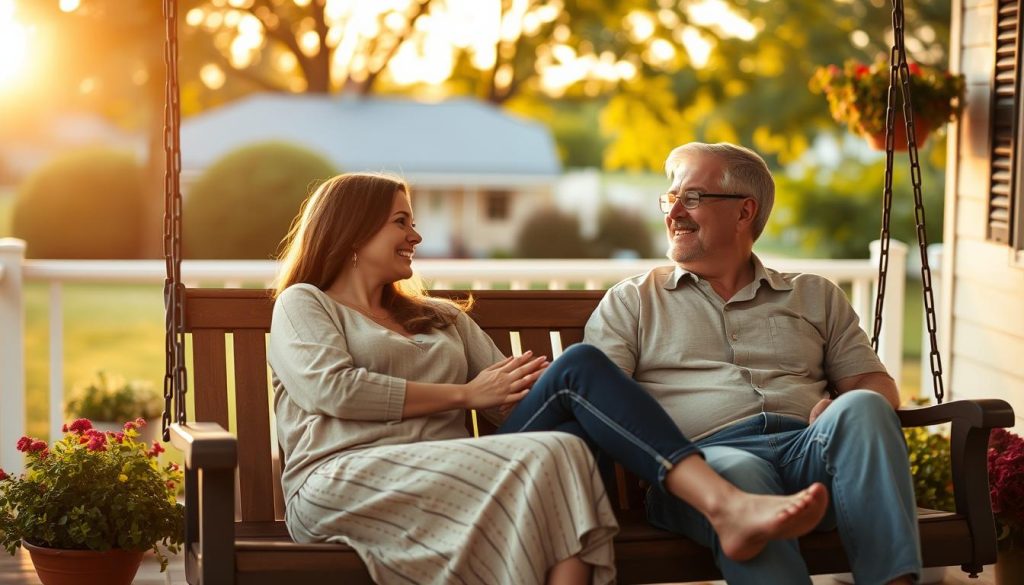
Healing from anxious attachment is a journey, not a destination. It involves understanding your past, becoming aware of your patterns in the present, and gradually creating new ways of relating to yourself and others.
Remember that anxious attachment developed as a way to cope with unpredictable caregiving—it was adaptive in its original context. Now, as an adult with more resources and awareness, you can develop new patterns that better serve your current life and relationships.
The path toward secure attachment isn’t about becoming perfect or never feeling anxious again. It’s about developing greater flexibility, self-awareness, and resilience in your relationships. It’s about learning to trust yourself as well as others, and finding a balance between connection and independence.
With patience, self-compassion, and perhaps some professional guidance, you can move toward more secure attachment and experience the deep satisfaction of relationships built on mutual trust, respect, and authentic connection.
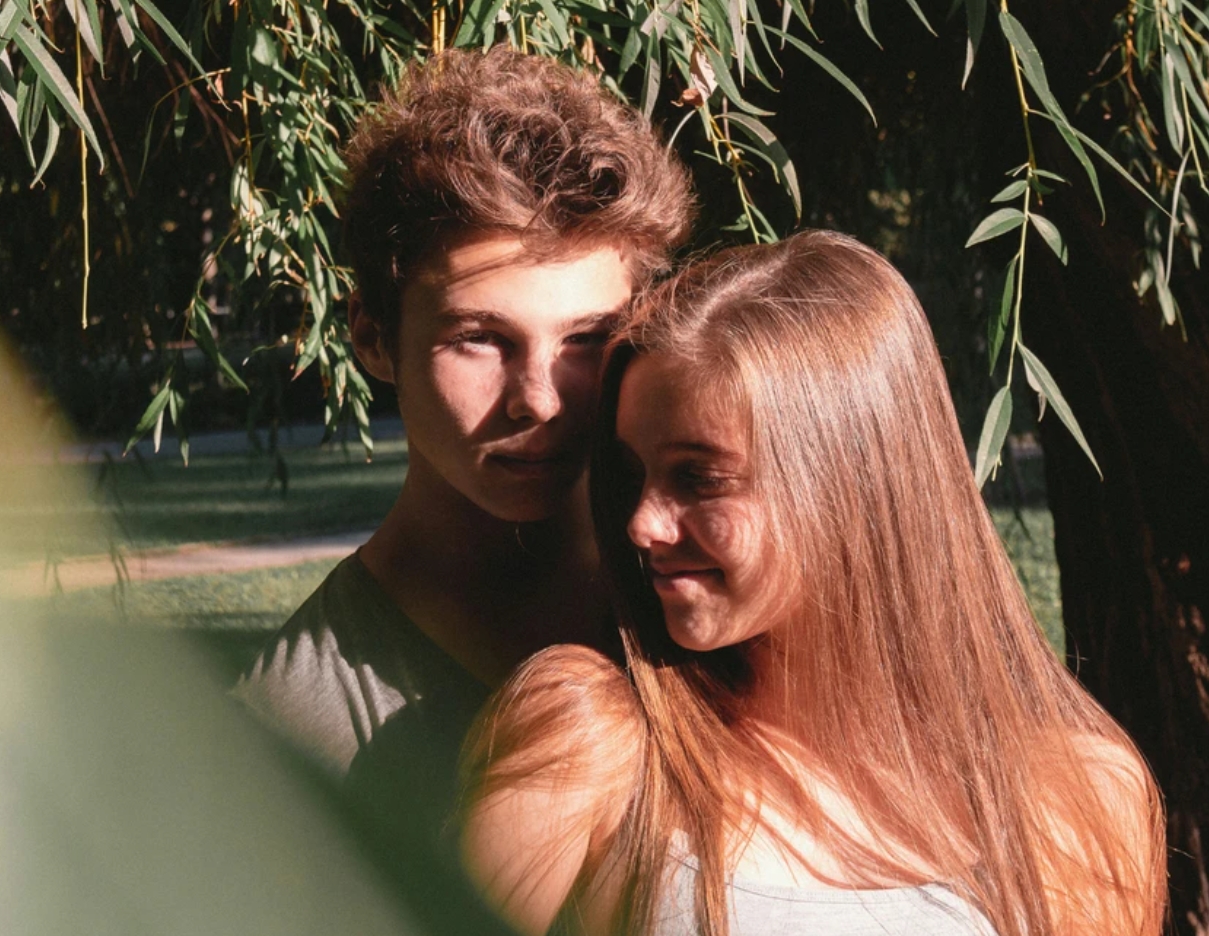


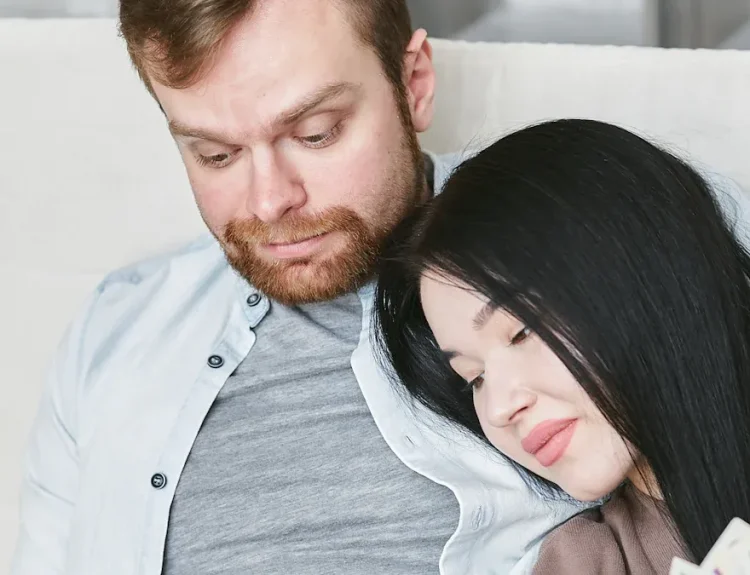
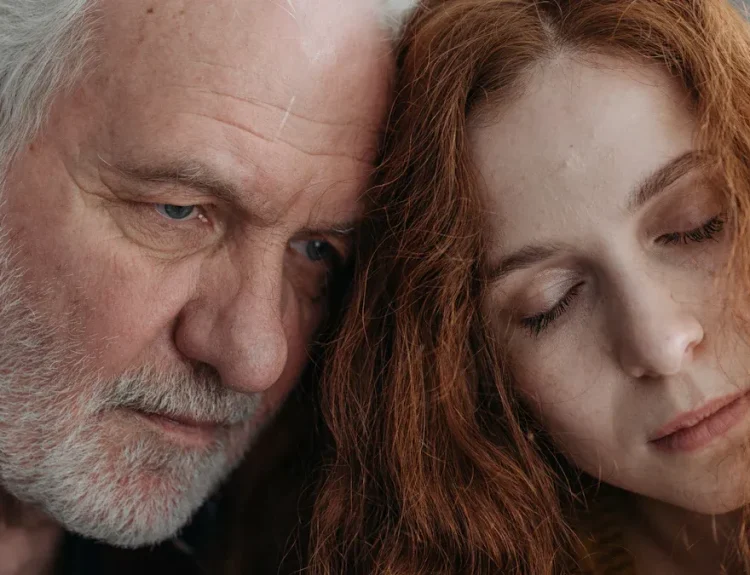





[…] Understanding Anxious Attachment: Causes, Signs, and Healing Strategies […]
[…] Be kind and patient with yourself as you heal. […]